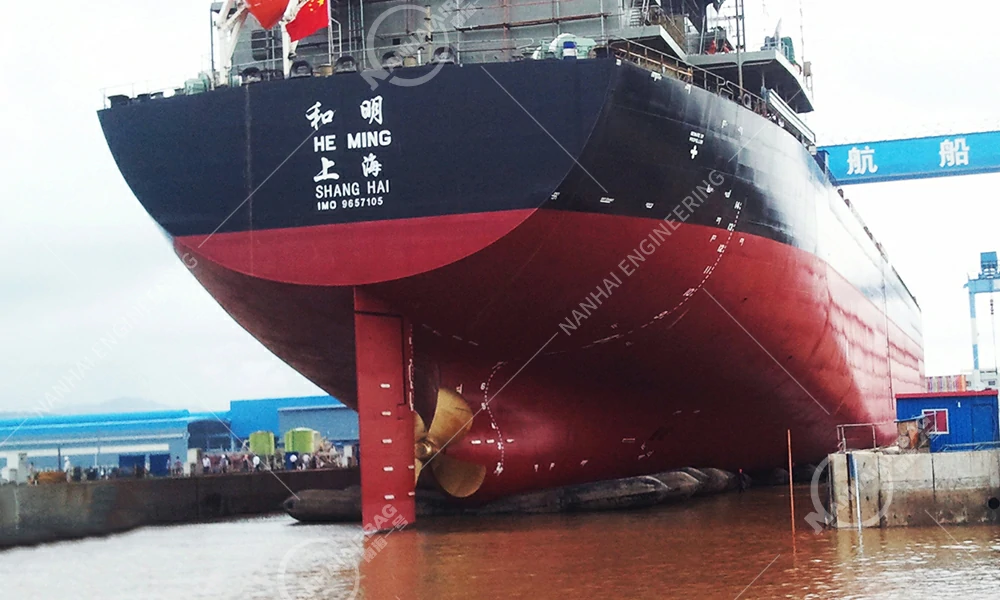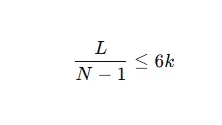What are the different types of ship launching?
05/12/2025What is a donut fender?
05/14/2025How to Select Marine Airbags?
Marine airbags—also called ship launching airbags or shipping airbags—are becoming increasingly popular for launching, docking, and transporting vessels. They offer flexibility, reduce infrastructure costs, and work well across a variety of marine projects. But with so many specifications available, how can you choose the right marine airbag?
Making the wrong choice doesn’t just hurt your bottom line—it can create serious safety risks.
Why This Decision Matters More Than Ever
Today, more shipyards are moving away from costly drydocks and turning to more flexible methods like ship launching marine airbags. That shift makes sense: airbags are portable, cost-effective, and easy to deploy. However, that convenience can also lead to oversights.
For instance, imagine launching a 10,000-ton cargo vessel with the wrong size or number of airbags. If the weight isn’t evenly supported, the ship could tilt or shift dangerously during launch. As a result, the hull might suffer damage, or the entire process could fail. That’s not just inconvenient—it’s a financial and safety disaster.
This is why airbag ship launching calculation isn’t optional; it’s essential. Choosing the right airbags requires planning, knowledge, and the right data.
What Are Marine Airbags Used For?
Marine airbags serve as a lifting and transportation tool to move ships or heavy structures from land to water and vice versa. Shipyards also use them for docking, maintenance, and offshore construction.
Key Factors to Consider When Choosing Marine Airbags
To make the best decision, you must understand how each factor affects performance and safety. Let’s break it down:
1. Vessel Weight and Size
Always start with the total weight and size of your vessel. This data allows you to select airbags that can carry the full load. Instead of guessing, use precise airbags ship launching calculation formulas to get accurate requirements.
2. Number and Spacing of Marine Airbags
You need to distribute airbags evenly along the hull. Generally, longer ships require more airbags. A miscalculated gap between airbags can lead to imbalance, so don’t overlook this step.
3. Airbag Diameter and Length
Choose a diameter that matches the size and ground clearance of the ship. For heavier ships, you’ll want larger airbags with more surface area to spread the load.
4. Marine Airbag Layer Count and Strength
Look for airbags with multiple layers—often 6 or more—for added durability. Each layer reinforces the airbag’s strength, which is especially important when launching larger vessels or handling rough terrain.
5. Working Pressure
Make sure each airbag’s pressure rating matches the job. Too much pressure could rupture the airbag; too little and it won’t lift the vessel correctly. Always confirm pressure ratings with your supplier.

How many airbags do I need to launch a ship?
1. Calculate the Required Number of Airbags
Use the following formula to estimate the number of airbags needed:

Where:
- N: Number of airbags required
- K1: Safety coefficient (typically ≥ 1.2)
- Q: Ship’s weight (in tons)
- g: Acceleration due to gravity (9.8 m/s²)
- Cb: Block coefficient of the ship
- R: Allowable unit bearing capacity of the airbags (kN/m)
- Ld: Contact length between the ship’s bottom and the airbag at the midship section (m)
Additionally, it’s advisable to have 2 to 4 extra airbags available to account for unforeseen circumstances during the launching process.
The number depends on your ship’s weight and length. Use a detailed airbags ship launching calculation to be sure.
Determine Airbag Spacing
Proper spacing between airbags is crucial for safe launching:
Maximum Spacing: The center-to-center distance between adjacent airbags should satisfy:

Where:
L: Actual length of the ship’s bottom in contact with airbags (m)
N: Number of airbags
k: Coefficient (1 for steel ships; 0.8 for wooden, aluminum, or fiberglass ships)
Minimum Spacing: The spacing should also satisfy:
Where:

D: Nominal diameter of the airbags (m)
These constraints ensure even load distribution and prevent structural damage during launching.
Avoid These Common Mistakes
Choosing marine airbags might seem straightforward, but many shipyards still make critical mistakes:
- They focus only on price and overlook safety
- They skip proper launch planning
- They buy airbags without checking certification or testing history
- They reuse old airbags without inspecting the wear and tear
All of these mistakes can lead to failed launches, accidents, or serious delays. Be proactive, not reactive.
Why More Shipyards Prefer Airbag Launching Today
Many shipyards have already made the switch. Here’s why:
- Lower Cost: No permanent launch facility needed
- Easy Setup: Quick deployment saves time
- Reusable: One set of airbags can last dozens of launches
- Flexible Use: Works with boats, ferries, barges, and even offshore platforms
In other words, airbags aren’t just a budget-friendly choice—they’re a smart, reliable solution.
Related Questions – People Also Ask
What are ship launching marine airbags?
They are inflatable rubber tools used to lift and roll ships from land into the water safely and efficiently.
Can I reuse marine airbags?
Yes. Quality marine airbags are reusable and can handle dozens of launches if maintained properly.
How do I choose the right size of shipping airbag?
Base your decision on your vessel’s dimensions, weight, and the launch environment. A supplier can help you fine-tune your airbag selection.
Where can I purchase good marine airbags?
NANHAI provides the most convenient and economical ship launching products and technologies in the world. We have innovated the ship launching airbag and world-leading production processes to ensure adequate safety performance.
Final Takeaway: Choose Smart, Launch Safely
Choosing the right ship launching airbags involves more than checking a product list. Think through your vessel’s weight, the ground conditions, and the airbag’s durability. Most importantly, work with an experienced supplier who can guide you with data, not just sales talk.
Need help selecting the right marine airbag? Contact a trusted supplier who offers engineering support, sizing assistance, and after-sales service, because in ship launching, getting it right the first time matters.
